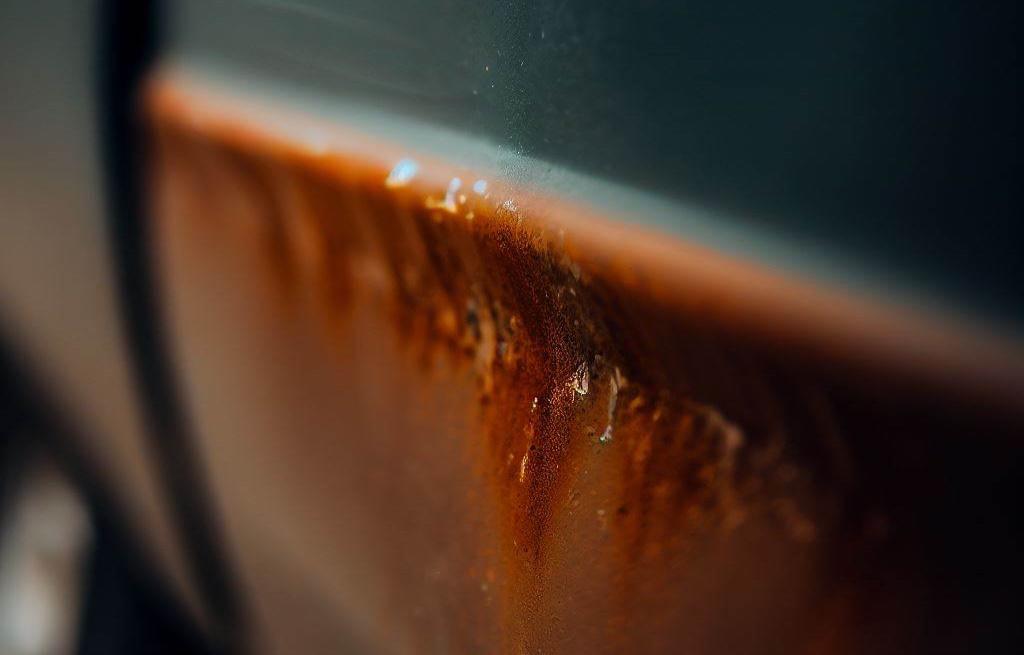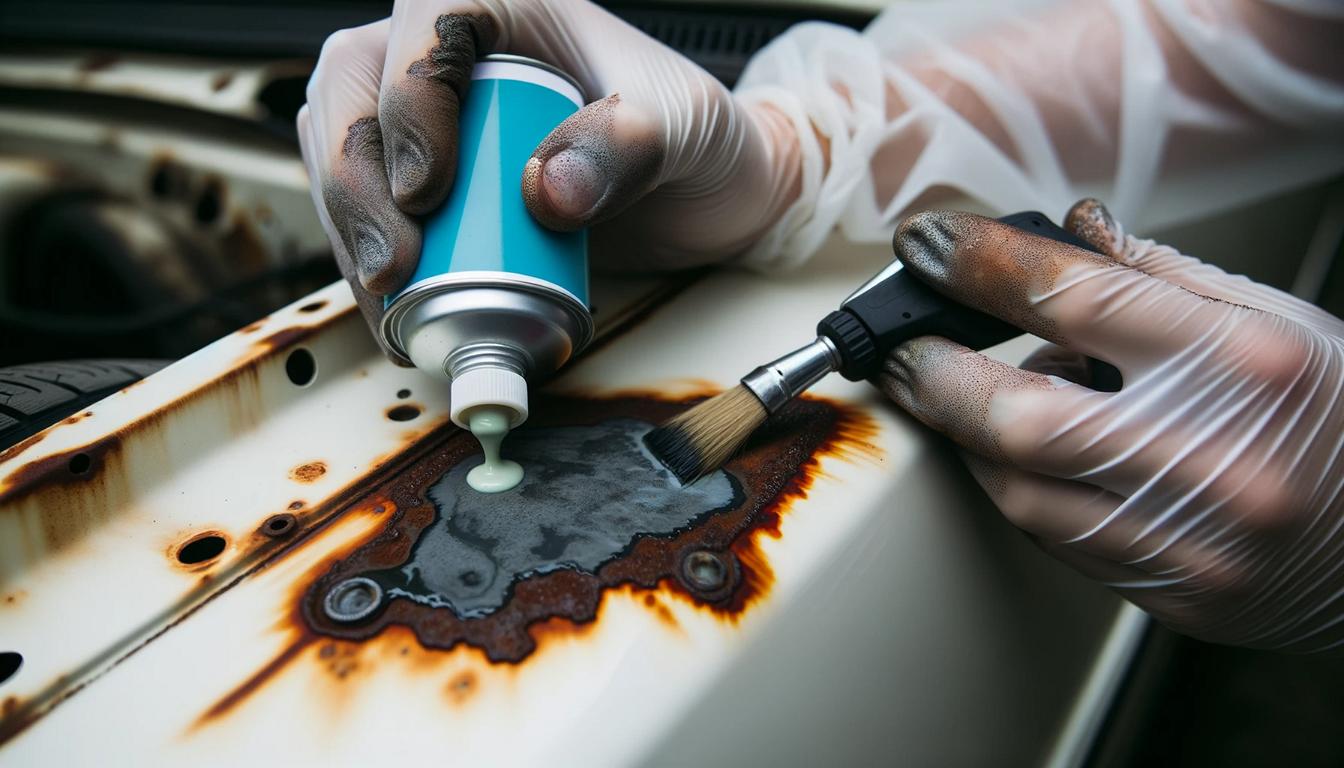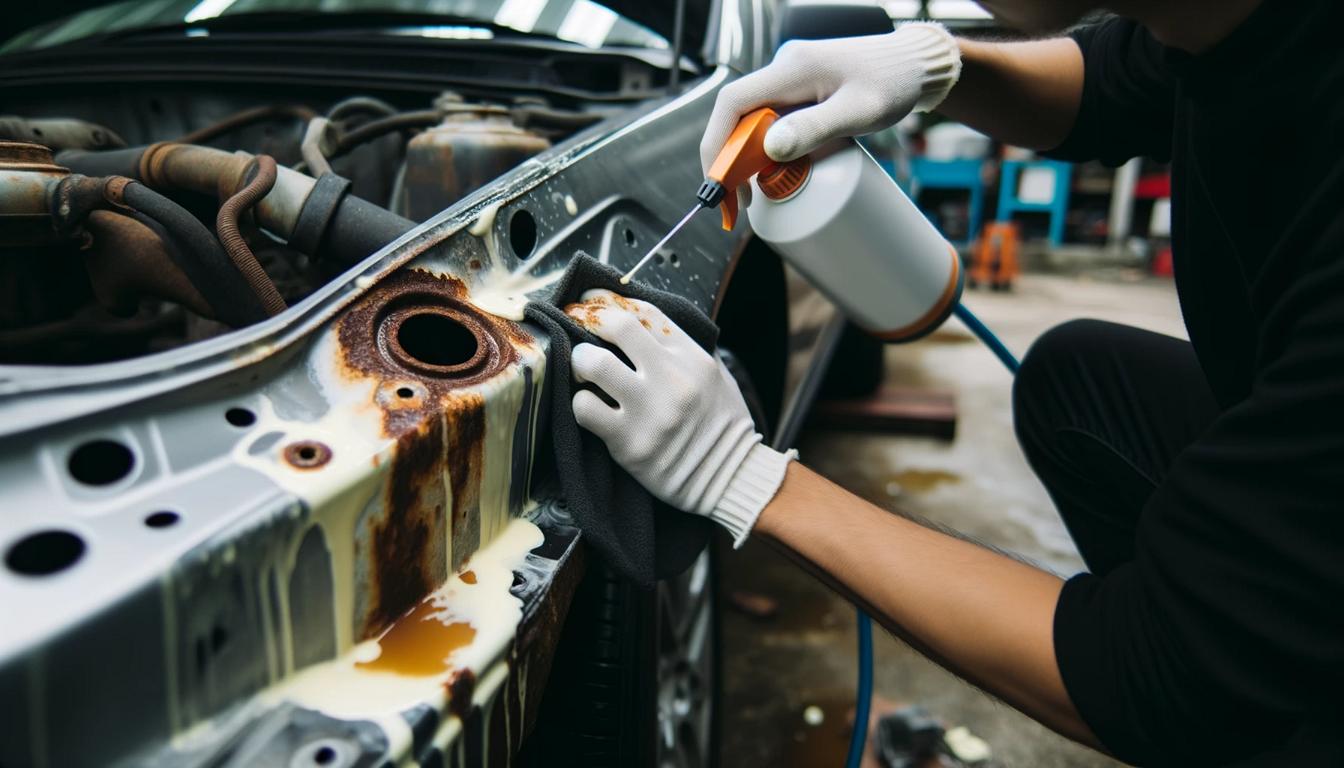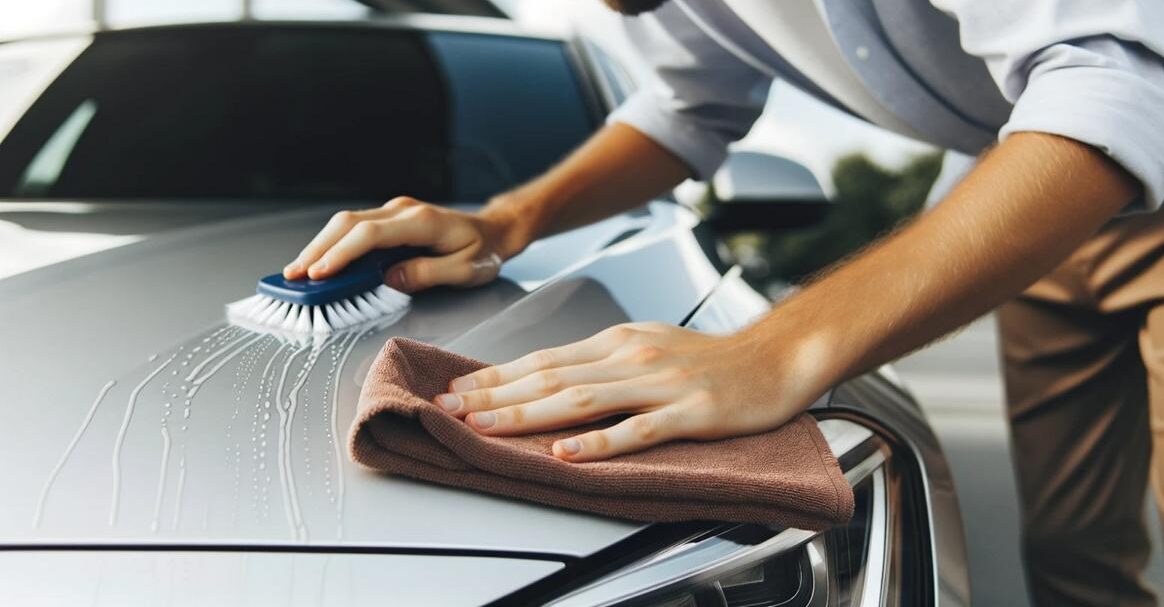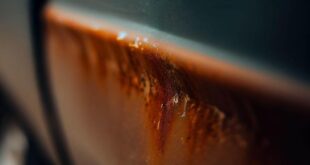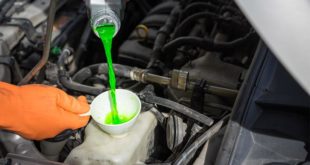In the automotive industry, many manufacturers have returned to the industry in recent years for cost reasons rustproofing saved up. This can lead to unpleasant surprises for car owners when they notice that their favorite car is starting to rust. It is particularly frustrating when the unpleasant word “Corrosion" during the Main inspection appears, although it may only be cosmetic. Nevertheless, the unpopular one can oxidation process This can lead to more serious problems if, for example, load-bearing parts such as the side skirts or even the Axles / parts of the chassis are affected. So what should you know about rust protection for your car? The problem is that the Rust occurs when iron or steel is used oxygen and moisture responding.
Rust protection for cars
Despite the widespread galvanizing Sheet steel in modern cars can rust where this protective layer is Schaden takes. And factors such as road salt in winter can speed up the process significantly. Areas where water can collect are particularly susceptible to rust. This includes Drainage channels, Split, grooves or cavities, primarily in engine compartment. Also places behind plastic panels (Door panels, Radlaufchrom etc.) Or ungalvanized parts such as the axles, various hinges and locks are at risk. Fortunately, there are precautionary measures that can be taken to keep rust away. Maintaining an intact varnish layer is crucial.
Don't ignore the scratches!
So you should have minor scratches repair immediately and the vehicle wash regularly, especially around Road salt residues to remove. You should also use your car regularly to grow and park in a dry and well-ventilated place. And it is also important to use the components regularly penetrating oils or fats to protect. Despite the factory applied Underbody protection- and cavity sealing measures, the protection decreases over time and should to be renewed. Fortunately, if the first signs of rust appear, there are methods to combat it. Small rust particles can often be polished away, while deeper rust spots can be cleaned with a Grinding need to be treated.
As a preventative measure, special ones can be used Rust converter can be used to make the grate more stable Iron compound convert. It is also important to know that you need to protect areas that are particularly susceptible to rust, e.g underbody, the bonnet, Brakes, axles, Door edges and Wheel arches, window frame and Sunroofs. Each of these areas has its own specific challenges and solutions to effectively combat and prevent rust. Overall, the best way to protect your car from rust is to Combination of preventive measures and regular care. In this way you can significantly extend the lifespan of the vehicle and maintain its value.
What is the best way to prevent rust on your car?
- To effectively treat rust, you should:
– Clean the car thoroughly.
– If rust is stubborn, the affected paint must be removed.
– The pure sheet metal should be cleaned with benzine or acetone.
– Next, wear one Rust converter which converts the rust into an iron compound.
Does rust converter make sense as rust protection for the car?
- Yes, rust converters make sense, especially when the first signs of rust are visible on the car. These products not only serve to transform the rust but also provide Corrosion Protection.
Can you paint directly onto rust converter?
- Yes, after applying a rust converter you should use one 2K paint Use to protect the surface in the long term.
Can rust converter rust again?
- Although rust converters convert existing rust into stable iron phosphate, it is essential to apply new corrosion protection after treatment. This prevents rusting again over a longer period of time.
Causes of rust on the car!
- The main cause of rust formation is the Oxidation of steel or iron through contact with water and oxygen from the air. Factors that contribute to rust formation include:
– Damage to the protective primer, paint or galvanizing.
– Road salt on roads in winter.
– Water accumulation in drainage channels, cracks or grooves that are blocked by leaves or dirt.
-Damaged paint in areas where water collects.
– Cavities in the engine compartment, inside of the doors, wheel arches, rear underside and tailgate.
How can you prevent rust?
- Repair small scratches in the paint immediately.
- Wash your car regularly.
- Wax your car regularly to further protect the paint.
- Park in a dry, well-ventilated area.
- Use grease or penetrating oil to protect components from corrosion.
- Renew the underbody protection and cavity sealing regularly.
What helps when it's too late?
- Small rust particles can possibly be polished away.
- For larger rust stains, only a sander will help.
- Affected areas should be cleaned, primed and repainted.
- In severe cases, a rust converter can help.
Protect areas particularly susceptible to rust:
- underbody
- bonnet
- Brakes
- axles
- bending
- window frame
- Sunroof
thematically relevant posts
In our category Tips, products, information & Co We have reviews of car or accessories manufacturers, new ones Tuning Wiki Terms or one or the other Leak veröffentlicht.
 tuningblog.eu Your magazine about tuning the car
tuningblog.eu Your magazine about tuning the car
